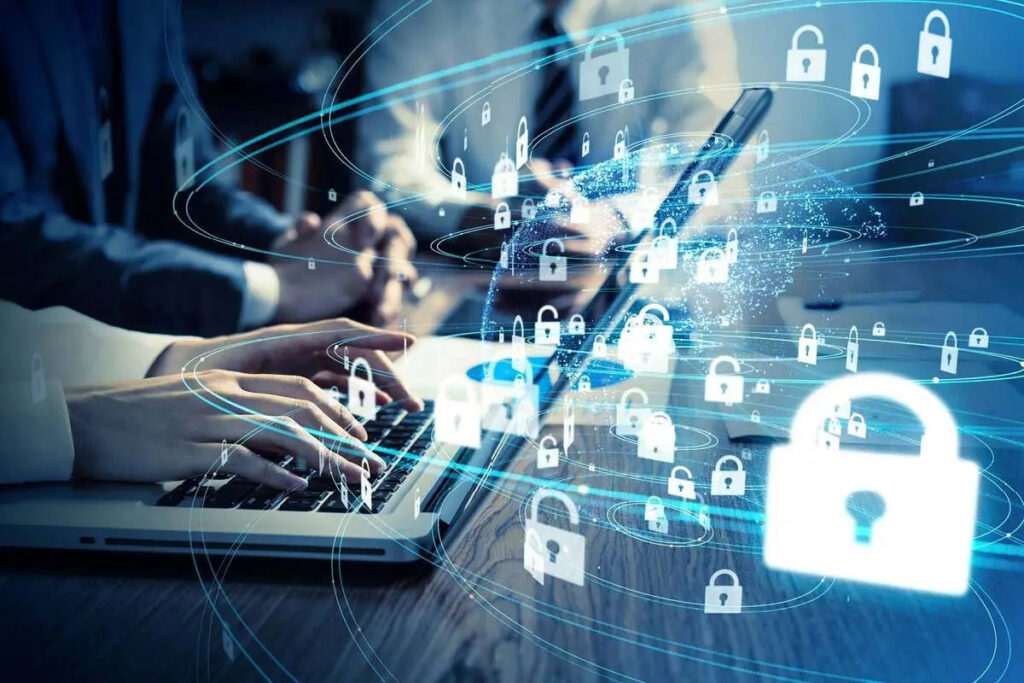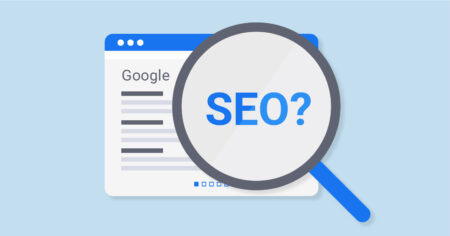Lately, the news about the hacker Bjorka has been quite troubling because of his actions when hacking government officials’ data. Various attempts were made to reveal who Bjorka really was. However, personal data must always be guarded so that nothing that harms the owner occurs.
Previously the case of leaking personal data in many countries has happened so many times. Apart from worrying, this situation should certainly serve as a reminder for all of us to protect our data. For example, for using applications, social media, and financial services.
Because information technology is developing rapidly, personal data can be highly valued in the digital economy era. Despite this fact, some irresponsible parties take advantage of things that violate the rules. That is why personal data must be protected because this is part of Human Rights.
Table of Contents
What Can Be Included as Personal Data
The so-called personal data is the data that consists of a person’s life that can be identified through electronic systems. You can see it as your personal asset that no one should ever know.
Then what are the categories of personal data? According to the International Association of Privacy Professionals, the following are types of personal data;
1. Internal Personal Data
Included in internal personal data are the following;
- Beliefs (religion or religious beliefs, philosophical beliefs, political views, and sexual orientation)
- Authentication related to digital media (password, PIN number, OTP, and parent’s name)
- Individual preferences/interests (opinions, personal tastes, likes, dislikes, etc.).
2. External Personal Data
Included in external personal data are the following;
- Unique identity related to identity (name, username, identification number and other public numbers, personal photos, biometric data)
- Ethnicity (Race, nationality, language, dialect, and accent)
- Sexual orientation (Gender, preferences, history, etc.)
- Online and offline individual behavior (browsing history, phone call lists, links clicked, message/chat content, and so on)
- Demographic data (age, physical characteristics, home address, total income)
- Health condition (physical and mental health, drug test results, blood type, disability, DNA code, doctor’s prescription, family medical history)
- Body characteristics (height and weight, hair color, skin color, tattoos, and piercings)
3. Curriculum Vitae Data
Curriculum vitae data, namely data about the personal life history of individuals, for example, is a special event of a person in the past that affected their lives. This includes historical events that occurred during the war for independence.
4. Financial Data
Included in financial data are;
- Account (data about a person’s account identity, such as; credit card or bank account identity)
- Ownership (physical or non-physical assets owned, rented, or loaned, such as; cars, houses, apartments, and personal property)
- Transactional information (income, expenses, purchases, sales, credit, loans, taxes)
- Credit (data about a person’s reputation related to finance, such as; credit record, credit status, creditworthiness, and credit capacity)
5. Personal Location Tracking
Included in tracking personal data are the following;
- Computer and mobile devices (IP Address, Mac Address, fingerprint data)
- Where to contact (email address, home address, telephone number)
- A person’s location (Country, GPS coordinates, room number, room number)
6. Social Personal Data
Some examples are:
- Professional information (title, salary, education history, work history, employee files, job evaluation, job interview, job certification, etc.)
- Criminal record (sentence, indictment, and pardon)
- Social life (character, social status, marital status, political affiliation, metadata interactions, and reputation in general)
- Family (family structure, siblings, offspring, marriage, divorce, sibling relationships)
- Social networks (friendships, connections, acquaintances, associations, membership in groups
- Communications from and to individuals (phone records, emails, screenshots
contains messages/chats, certain video communications, etc.)
In order to be protected from various hacking attempts, you, as a user, can have additional protection at all times through VPN. Most people would use it to access restricted content, but it functions way more seriously than that. Users can always choose the best VPN monthly services, or yearly, which can cut some costs. But no matter how long the duration is, what’s important is that the service should be best in giving you enough protection.
Is Your Data Safe?
As internet users, the reality is that few underestimate the security of personal data such as email, passwords, and cell phone numbers which can be stolen. Some people only realize the importance of this data when hackers have carried out harmful actions.
You can do the following to check whether your personal data is leaked or traded. You can check via the website below:
1. Firefox Monitor
For those who use Mozilla Firefox, you can check whether there is a data leak on the internet. The trick is to take advantage of the Firefox Monitor feature. The steps are very easy; just enter your email.
- First, you open https://monitor.firefox.com/ in your browser
- Type your email, then click ‘Check for Breaches’
- Later it will appear on the screen whether your personal data is leaked on the internet or not.
2. Avast
Avast is a popular and trusted anti-virus service that is committed to data security. With a cross-platform data security site, you can check whether there is a risk of leaking your personal data on the internet more easily.
How to use Avast to check personal data leaks?
- First, go to the official website https://www.avast.com/hackcheck/
- Enter your email in the column provided there
- Click ‘Check Now,’ and then you will immediately receive the complete results sent to your email.
As a result, you can receive a report if your email password has ever been leaked or not. What’s more detailed, if the data has ever leaked, you can find out the leak occurred because it was connected to what site and when it happened.
3. Have I Been Pwned
Have I Been Pwned is a well-known site that can collect data from various incidents related to hacking or hacking. You can check whether your email is included in the database.
Here’s how to use it:
- Go to the site https://haveibeenpwned.com/
- Type in your email and click ‘pwned?’
- Wait until the process is complete, and a description of the personal data leak will appear immediately.






